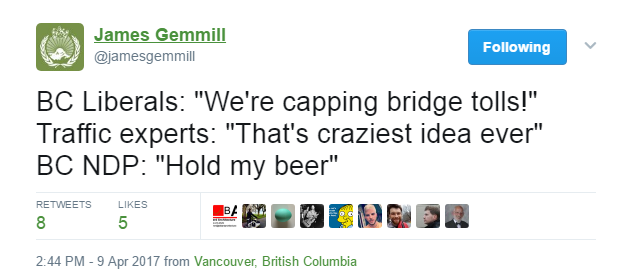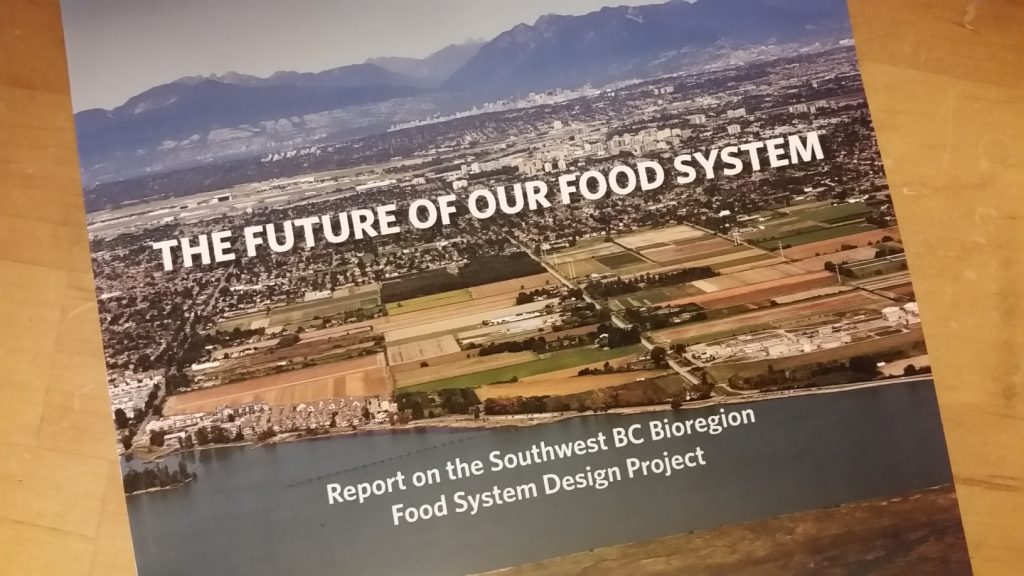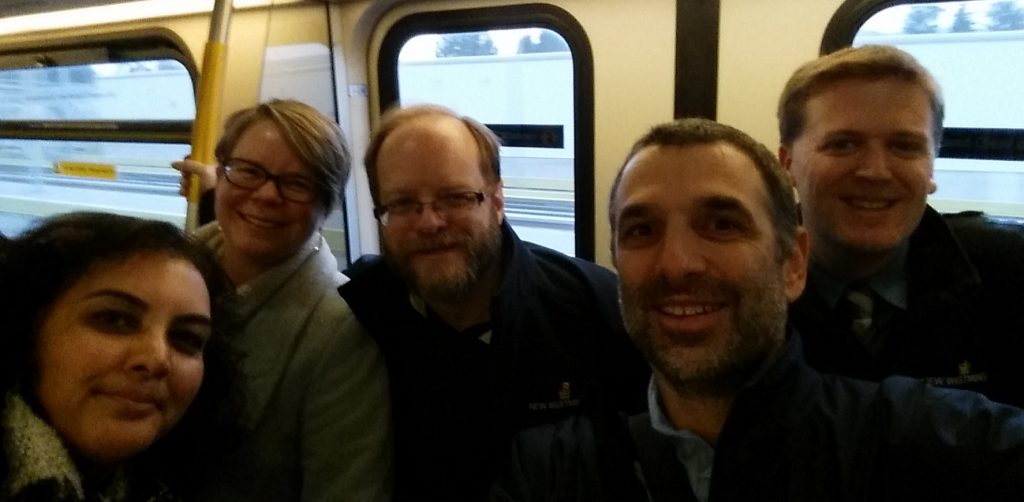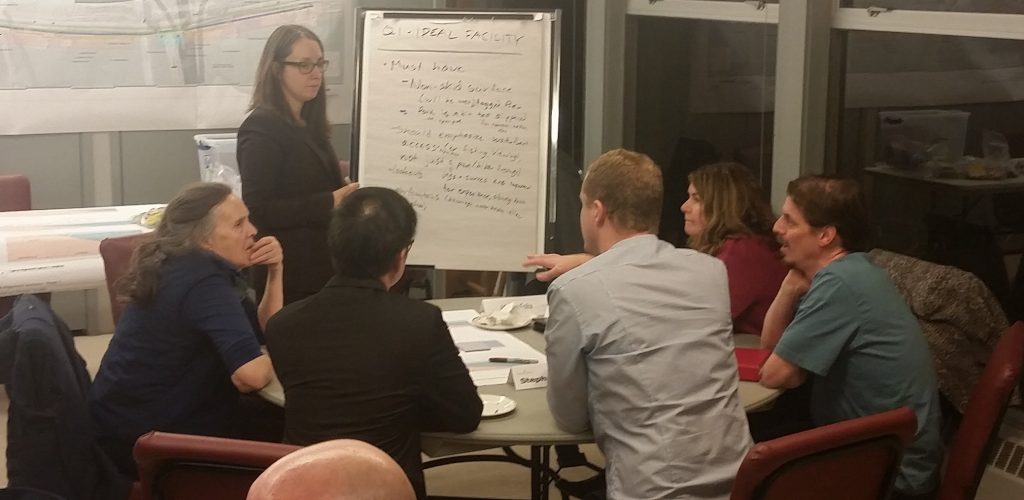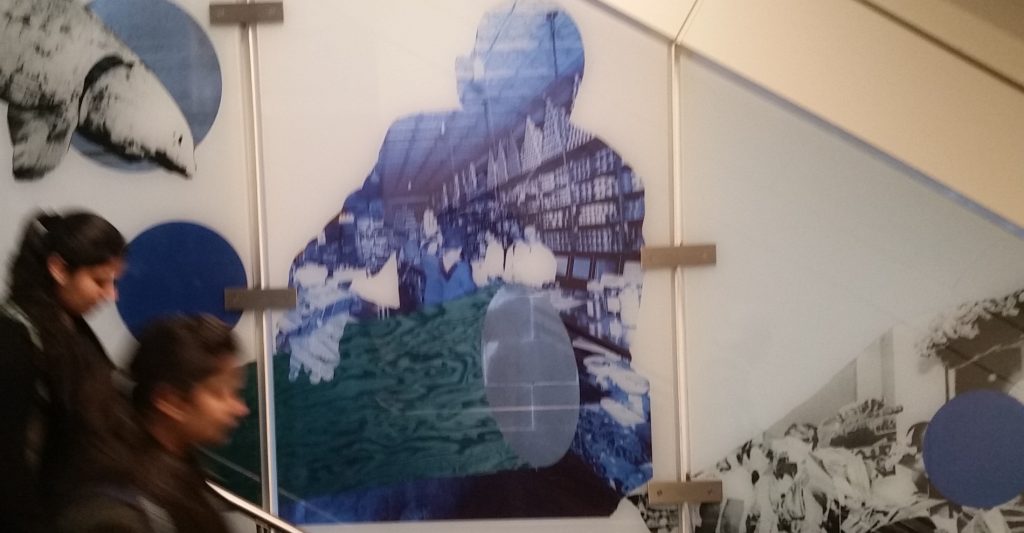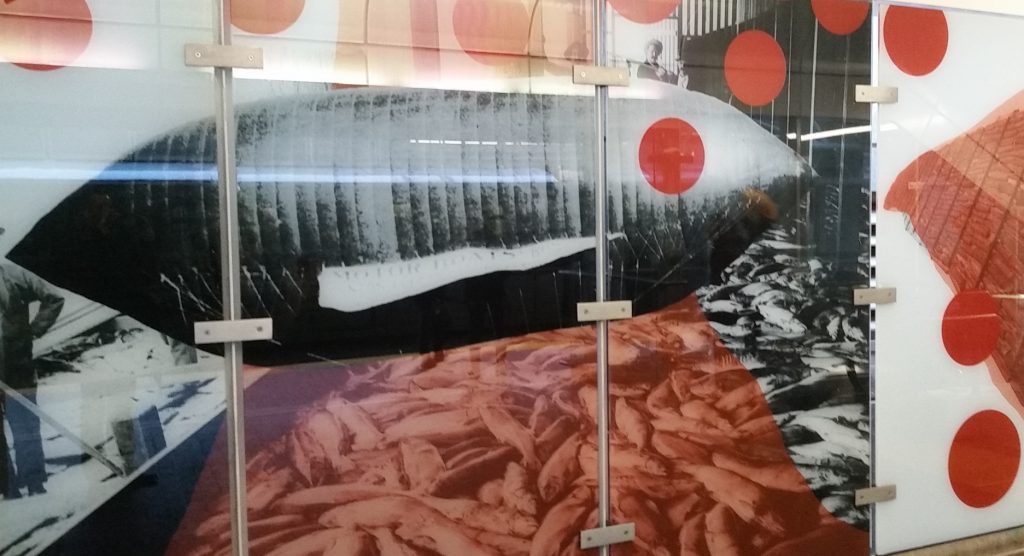At some point, a pander to one group of electors goes beyond cynical, and becomes an abdication of responsibility and an offence to the idea of governance.
The BC Liberals platform apparently includes a promise to create a “cap” on bridge tolls – where no driver pays more than $500 per year, regardless of how often they avail themselves of extremely expensive and not-yet-paid-for infrastructure. A great election promise to “put more money in the pockets of hard working British Columbians”, or some such bullshit, but I have to go bullet point to condense my anger about how bad an idea this really is.
- It completely undermines the Mayor’s Council and the regional transportation plan that they developed. The province has put roadblock after roadblock in place of that plan, while shoveling money to vanity road projects that won’t solve the problem. Just last week they wrapped themselves in benevolent support for the plan with some commitment of financial support of a couple of it’s components. However, it has been clear all along that road pricing and Transportation Demand Management will be major components of the next phases. This cap is a pre-emptive strike against the Mayors, delivered with no warning.
- This isn’t saving anyone any money. The tolls on the Golden Ears Bridge still need to be paid, because Golden Crossing General Partnership still needs to get paid. Similarly, the tolls on the Port Mann are still owed to TREO, and are already not bringing in anywhere near enough revenue to meet the business objectives of that White Elephant. The Province is going to have to top up these agreements from general revenue – potentially costing taxpayers hundreds of millions of dollars, because use of the bridge above the cap – the tolls taxpayers will have to cover – are actually encouraged by this scheme.
- This undermines the business plan for the Massey Bridge. We don’t know much about the business plan for the Massey replacement, because the province redacted it to the point that none of the business risk was disclosed. However, the Ministry has been clear through the planning and the Environmental Assessment documents that the 10-lane bridge will be tolled. Tolling was not just a major component of the finances, but was fundamental to the traffic forecasts and environmental impacts for the project. This tosses all of those best-laid plans out the window.
- It undermines the terms of the MOU for the Pattullo replacement. The stakeholders for the Pattullo have an agreement in place that underlies the ongoing project: a 4-lane tolled structure. Tolls are not just there to pay for the bridge, but to balance the traffic demand between crossings and reduce the impact on residential neighbourhoods of Surrey and New Westminster. A commuter cap on tolls shifts this balance, and sets back a decade worth of progress and partnership on this project, just as we were crossing the goal line.
- It is counter to basic economics. We are taking a scarce and valuable resource, road capacity, and encouraging its increased use to save money. Simply put – the more you use the bridges, the less you pay. It is insane, and contrary to all Transportation Demand Management best practice across the industrialized world. It is separated from reality. It is deranged. Do I need to get out a thesaurus to make my point here?
- It is not being offered for any alternatives. It will now, once again, be cheaper to drive a car across the Port Mann Bridge than to take transit across it. Just as the province has been dragged reluctantly into bringing expanded light rail to South of Fraser , they are creating a quick incentive to discourage its use, and undermine the entire model, shifting growth patterns in Surrey for a generation, at the most critical point of its growth.
Now, I am writing this about an hour after this information leaked out, so there may be devil-in-details I am not aware of here that will arrive with the official announcement, but that speaks to the point that there has been no consultation with the Mayors of communities affected, no public engagement over a plan that will re-shape the region and undermine so much of what the region is trying to achieve in livability, sustainable development, greenhouse gas reduction, and transportation. How do you recognize electioneering replacing governance? It is a surprise announcement completely disconnected from any other policy, program, long-term planning, or previous action by the government.
This is a flip of the bird to the regional plan (to the very idea of regional planning!) and to every resident of the Burrard Peninsula. It is a cynical pandering to a few ridings South of Fraser, and low-information voters across the province who likely won’t realize they are going to have to now pay through their taxes for infrastructure built on the promise that users would finance it. Not surprisingly, Jordan Bateman is taking a pass on criticizing this specific tax increase, being the original champion for the Port Mann fiasco.
And people will fall for it, of course. Congratulations, BC Liberals. You have raised the art of disgusting panders to a new level.
UPDATE: I was in the room when John Horgan announced out of nowhere that he would end all tolls on the Golden Ears and Port Mann bridges if elected. The closest thing I have to a response was what James Gemmill made succinct on Twitter: 